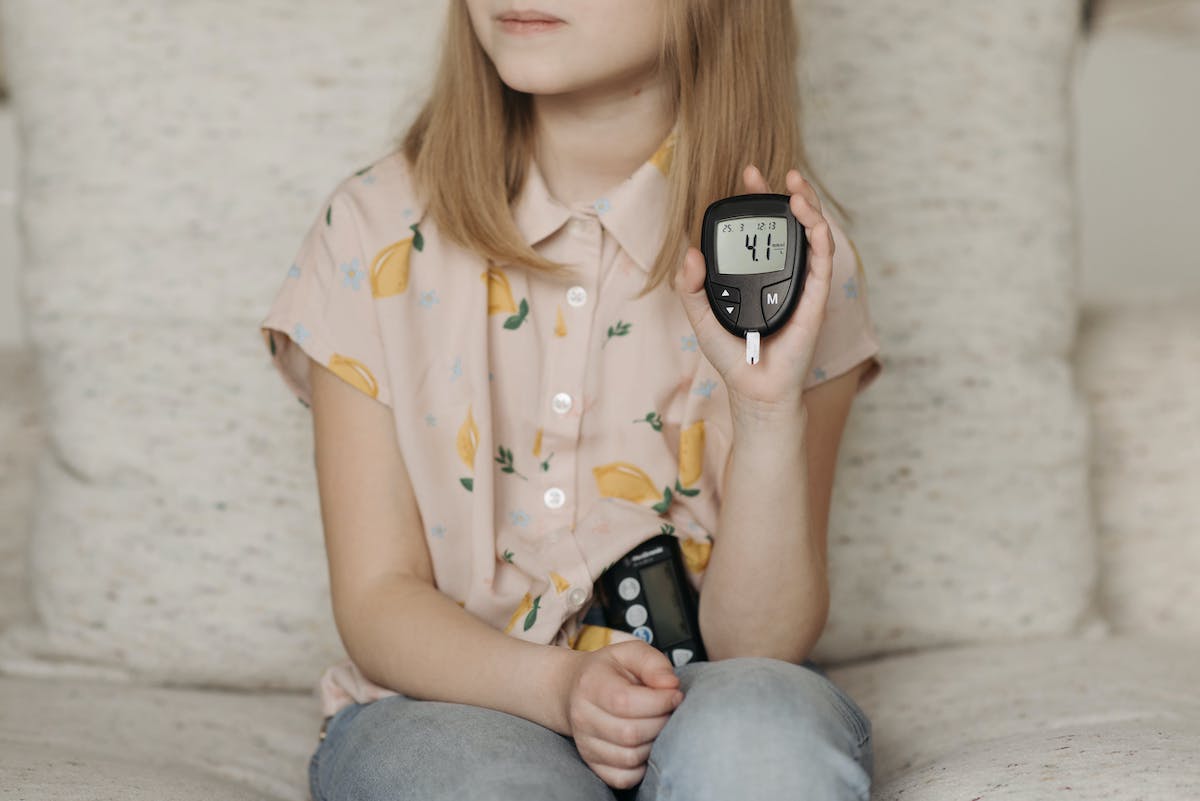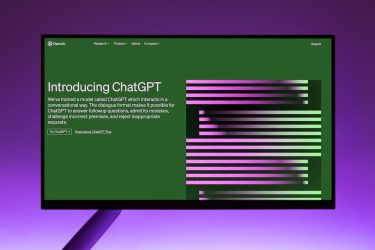On Jan. 31, nonprofit patient safety organization ECRI released its 17th annual report of the top 10 health technology hazards. Topping this year’s list are home medical devices because they may pose usability challenges for patients and caregivers, risking misuse and patient harm.
ECRI’s list, compiled from literature reviews, in-house laboratory testing, hospital practice assessments, and investigations of patient safety incidents — plus issues reported to its problem reporting network — can inspire story ideas for journalists covering hospitals, health IT and/or patient safety.
The No. 1 health technology hazard
The use of medical devices in patient homes can support more comfortable and convenient care, but it is not without risk, the authors noted. These devices, which could include blood pressure monitors, implantable devices or ventilators, often are not designed with home users in mind. Patients and lay caregivers may lack the expertise needed to operate them properly.
“Severe harm can result if patients or their caregivers do not fully understand how to use a device and troubleshoot problems that arise,” they said. Clinicians and institutions should select devices that are well matched to the patient and home environment and provide support that home users need to use the devices successfully. ECRI also challenged device manufacturers to consider home users in their designs, with instructions written for a lay audience and available support for users.
There is a trend toward the use of home health care devices thanks in part to the rapid aging of the U.S. population and decrease in hospital length of stays, said Priyanka Shah, senior project engineer at ECRI, during a Jan. 31 webinar.
“However, the use of these devices also poses unique risks through a combination of factors which include lack of caregiver knowledge over device usability and environmental restrictions,” Shah said, adding that the devices are complex.
Organizations using these devices should provide clear instructions to patients and caregivers on how to use them and troubleshoot problems. And patients and caregivers receiving these devices should always review the directions thoroughly before using them and know who to contact for any questions, Shah explained.
There also could be space restrictions to the equipment, such as potential electromagnetic interference from teenage children playing video games near patients with implantable devices.
“If the caregiver or user doesn’t know how to troubleshoot the equipment, that can result in serious patient harm or injury,” she said.
ECRI has investigated a number of issues related to medical devices, including one case where patients couldn’t hear an alarm on a child’s ventilator and the child died. In another case, a caregiver misprogrammed an infusion pump and a patient received an incorrect medication dose, Shah explained.
Other health IT-related hazards on this year’s list include:
The remaining items on ECRI’s hazards list are:
- Inadequate or onerous cleaning instructions for reusable medical devices can endanger patients (#2).
- Sterile drug compounding without the use of technological safeguards increases the risk of medication errors (#3).
- Overlooked environmental impacts of patient care endanger public health (#4).
- Increased burn risk with single-foil electrosurgical return electrodes (#7).
- Infusion pump damage remains a medication safety concern (#8).
- Poor quality control of implantable orthopedic products can lead to surgical delays and patient harm (#9).
Some topics are lasting
The topics on the 2024 list are the ones deemed most pressing by the ECRI authors, but that doesn’t necessarily mean that items cited in previous years have been resolved, said Rob Schluth, principal project officer 1 in device evaluation for ECRI, during the webinar.
For example, hazards related to alarms on physiologic monitoring devices were first mentioned in 2007 and have stayed on the list for many years. It’s still an issue that comes up periodically, he said.
More recently, cybersecurity and ransomware have become bigger issues and have been covered in about eight of the past years, he said. Health care institutions and journalists can check previous year’s lists for more information. I wrote blog posts (links below) about the 2023 and 2022 lists that journalists can reference.
Resources:
- Top 10 Health Technology Hazards for 2024 – a link to download ECRI’s executive brief.
- Recalls in at-home medical devices and cybersecurity risks top 2023 health tech hazards list – an AHCJ blog post from February 2023.
- Cybersecurity attacks top list of health technology hazards for 2022 – an AHCJ blog post from February 2022.









